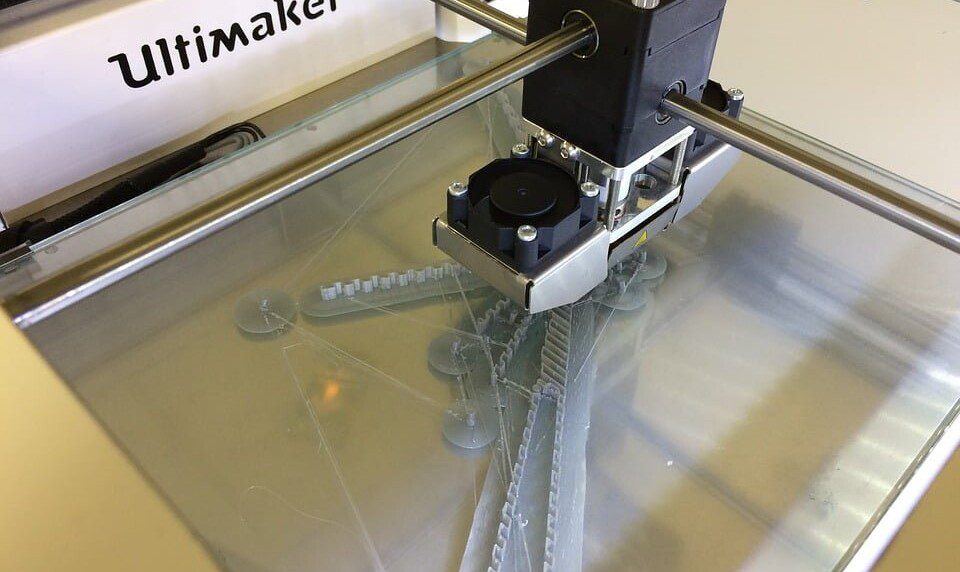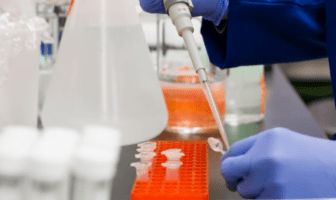
We’re on the brink of new world. A new, revolutionary world of robotic technology, The Internet of Things, genetic engineering, humanoid intelligence, and 3D printing to create things that we were never able to create before. And healthcare is one of the industries that will benefit extensively from this newfound technology.
With such advancements, hospitals will be able to provide a much better quality of care whilst reducing the problems of human inaccuracy; saving time, money and also saving lives. 3D printing is one of the fastest growing areas within the healthcare industry right now, predicted to grow by 18% annually until 2020.
The Future of Healthcare
So where does the healthcare industry see itself in the next few years? The hospital of the future is much closer than we think. And in just 10 or 15 years’ time, there could be self-diagnosing machines and A.I assistants helping to make hospitals more efficient.
This interesting infographic gives some interesting insight on what new technology you could be using within your lifetime should you require the services of a hospital.
Image source: Focus Clinics
The infographic is a great example of how modern technology will reshape public health, disease management, death prevention and the healthcare industry as a whole. From “chat bots” that replace GPs and nurses to machines that can outperform humans in routine surgical procedures, there are many ways that we can benefit.
3D Printing: Synthetic Tissues & Organs
A.I is undoubtedly one of the most revolutionary developments that will impact modern society, particularly healthcare and medicine / treatment administration. But 3D printing will be one of the biggest game changers when it comes to saving lives.
According to Gartner Predicts 2016, 3D printing will become a prominent medical tool in the very near future. That includes everything from prosthetics and implant devices to synthetic tissue development and even entire human organs. The report provides a forecast, detailing that 3D printers will be used in 35% of all surgical procedures by the year 2019.
The paper also predicts that by then, as many as 600 million people could be living with 3D printed organs, prosthetic limbs and implants. Whilst these targets are related to the developed world, and will only be used in western hospitals to begin with, they will be huge opportunities to help third world nations in the future.
3D Printed Organs to Solve Transplant Shortage
By 2030, the growing market for 3D printed medical organs and implants will create a multi-billion industry. And scientists are currently in a race to make replacement human organs that could lives.
The global shortage of organs for transplants can be life-threatening for many patients. As an example, the UK waiting list is over 2 and a half years on average for a kidney transplant; and similar shortages apply to liver and lung transplants.
With 3D printing, around 900,000 deaths could be prevented in the U.S – where the transplant shortage is the leading cause of death today. Being able to synthetically print entire organs can help to reduce the transplant waiting list, and this will completely change the world of healthcare and life expectancy across the globe.




























